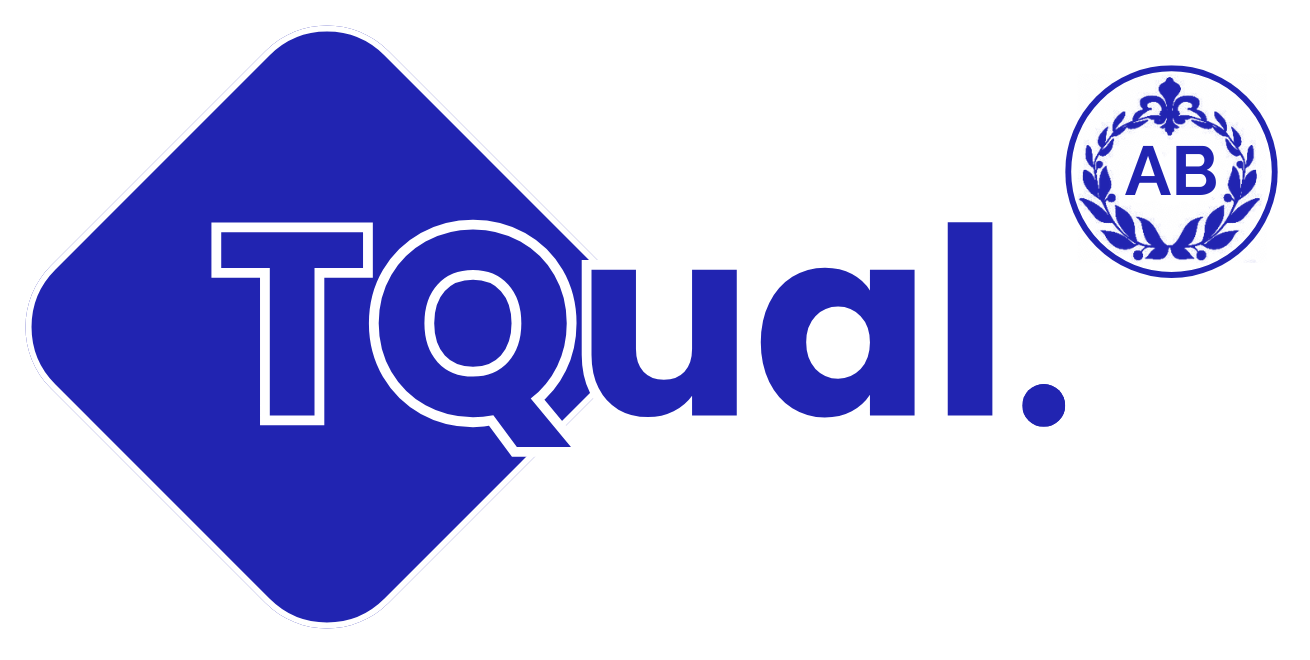Learning Outcomes for the Study Units
Introduction to Information Security Risk Management
Understand the foundational principles and concepts of information security risk management.
Recognize the importance of risk management in safeguarding organizational assets and achieving strategic objectives.
Identify the key components of information security risk management processes and their interconnections.
Appreciate the role of standards and frameworks, particularly ISO/IEC 27005, in shaping effective risk management practices.
ISO/IEC 27005 Framework and Requirements
Gain a thorough understanding of the structure, scope, and key elements of the ISO/IEC 27005 standard.
Familiarize with the standard’s requirements for establishing and maintaining robust information security risk management systems.
Learn to interpret and apply ISO/IEC 27005 within the context of organizational objectives.
Understand the relationship between ISO/IEC 27005 and other information security standards, such as ISO/IEC 27001.
Risk Identification and Assessment
Develop techniques for identifying and categorizing information security risks.
Acquire skills to perform risk assessments using qualitative and quantitative approaches.
Assess the likelihood and impact of risks on organizational assets and objectives.
Learn to prioritize risks and create risk registers to support effective risk management.
Risk Treatment and Mitigation
Explore strategies for treating and mitigating information security risks in line with organizational goals.
Evaluate treatment options and select appropriate controls to reduce risks to acceptable levels.
Create risk treatment plans that are practical, cost-effective, and aligned with organizational needs.
Implement mechanisms to monitor and review the effectiveness of risk treatment measures.
Risk Communication and Documentation
Develop strategies for effectively communicating risk assessment findings and recommendations to stakeholders.
Create comprehensive documentation, including risk registers, policies, and reports, to support risk management processes.
Foster organizational awareness and understanding of information security risks.
Promote transparency and accountability in risk communication and decision-making.
Auditing Principles and Techniques
Understand fundamental auditing principles, methodologies, and standards.
Learn to plan, conduct, and report on audits with efficiency and effectiveness.
Apply auditing techniques to assess compliance with ISO/IEC 27005 and organizational policies.
Recognize the role of auditors in evaluating the effectiveness of information security risk management systems.
Audit Planning and Preparation
Develop detailed audit plans outlining objectives, scope, and criteria.
Prepare audit checklists and tools for comprehensive audit coverage.
Engage relevant stakeholders during audit planning and preparation.
Organize resources, schedules, and logistics to ensure successful audit execution.
Conducting Audits and Evaluating Compliance
Conduct audits through interviews, on-site evaluations, and document reviews.
Evaluate the effectiveness of information security risk management controls and processes.
Assess compliance with ISO/IEC 27005, organizational policies, and industry best practices.
Identify improvement opportunities and provide actionable recommendations.
Reporting and Follow-Up
Document audit findings, observations, and recommendations in professional audit reports.
Communicate results to stakeholders effectively and promptly.
Establish follow-up procedures to monitor the implementation of corrective actions.

